Traveling more than 70km from the center of Quang Ngai city, we arrived at Que village, Tra Bui commune in early April. Arriving here, we were not only impressed by the cool climate, but also by the lush green beauty of the ancient tea gardens. Located at an altitude of over 1,400m above sea level, the fresh and cool climate all year round makes the tea growing here very good.
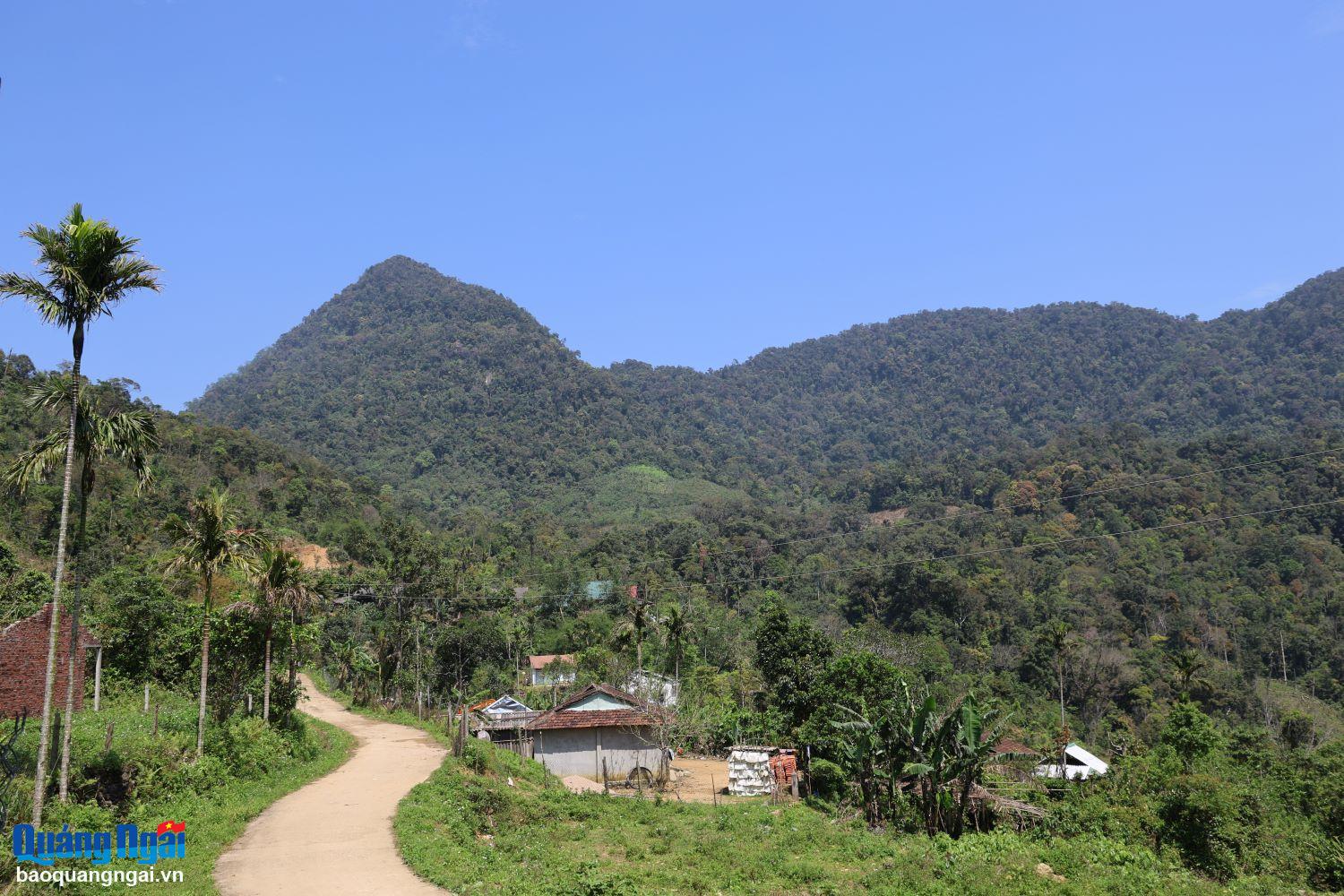 |
| Que village, Tra Bui commune (Tra Bong) is located at the foot of Ca Dam mountain. |
Meeting guests from the lowlands, Mr. Ho Van Tung warmly invited us into his house. On the roof of the stilt house nestled at the foot of Ca Dam mountain, Mr. Tung poured us a cup of hot tea made from tea trees picked right in his garden. Nourished by the mountain mist over many years, the tea here has a unique natural aroma that other regions do not have. When enjoying, the aroma, astringency and sweet aftertaste of the tea seem to permeate every cell, making fatigue seem to disappear.
“Along with cinnamon, tea is a traditional crop of the Cor people at the foot of Ca Dam mountain. Our village has about 80 households, most of which have tea gardens. Small households have a few hundred trees, large households have more than a thousand trees. Therefore, whenever guests come to visit, people often go to the garden to pick tea leaves to make tea to serve guests, as a long-standing cultural feature,” Mr. Tung proudly shared about his hometown’s products.
 |
| Tea trees are associated with many generations of Cor people in Que village. |
Tea trees have been associated with the Cor people for many generations, so until now, Mr. Tung and the elders in the village do not know when the tea trees took root in this land. Some people believe that tea has been here for at least 100 years, or since the time of their ancestors. The ancient tea trees are a source of pride, a keepsake, a property passed down from grandparents to their descendants.
We followed Mr. Tung up the steep road to visit the tea plantations at the foot of Ca Dam Mountain. Only the tea plantations located halfway up the mountain, Mr. Tung said, were planted and passed down through many generations, so many of the tea trees here are very large. Some trees have trunk diameters of up to 60 - 80cm, and are 3-4m high.
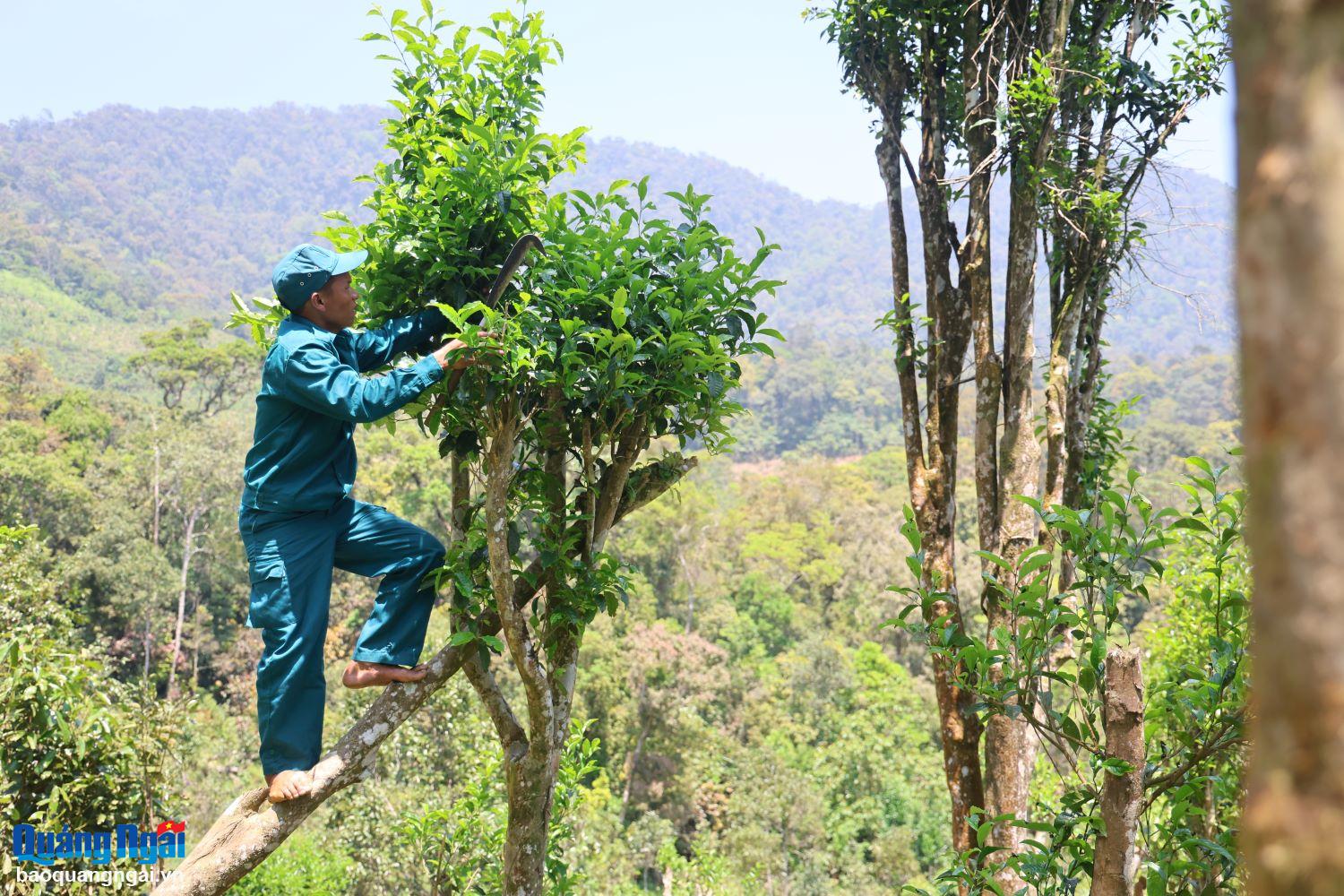 |
| Many old tea trees are tall and big, Mr. Ho Van Tung has to use a ladder to climb up and pick leaves. |
Looking at the lush green tea trees, we curiously asked: “Why don’t you pick the leaves to sell?” “Previously, traders from the lowlands came up to buy each bundle of tea for 10-15 thousand VND, so people picked and sold them to earn some income. Now traders don’t come up anymore, so people only pick a little to make water to drink and bathe their children,” Mr. Tung explained.
In fact, when harvesting all tea products here, households have to find their own outlets and are almost entirely dependent on traders. According to Mr. Tung, in the past few years, there have been no traders coming to buy, causing the "output" of tea trees to become deadlocked.
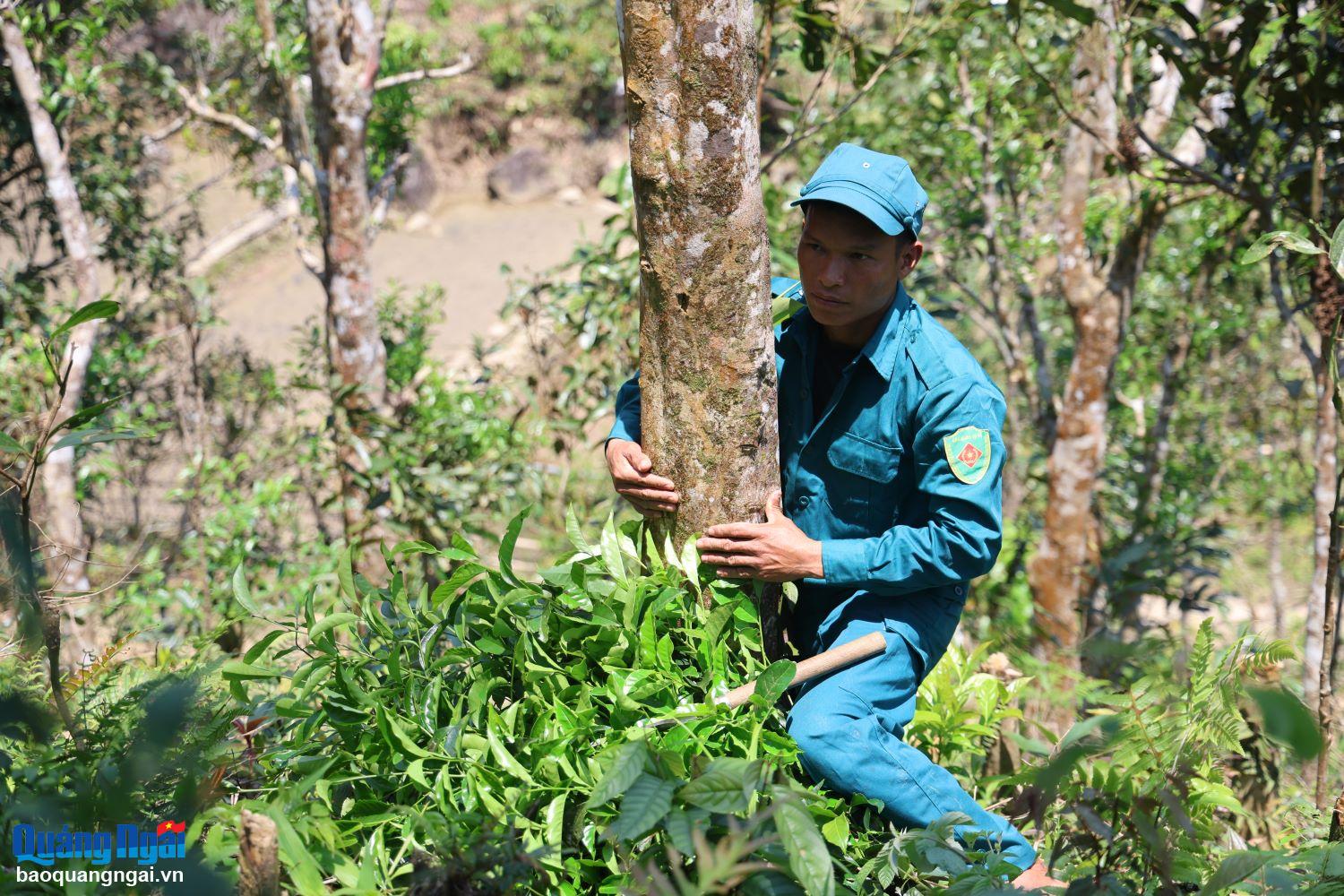 |
| Ancient tea trees are assets passed down from grandparents to their descendants. |
The difficulty in finding outlets for tea plants has left many people in Que village confused and uncertain about whether to continue to maintain their tea gardens or destroy them. Currently, many households have destroyed decades-old tea plantations to switch to growing cinnamon and other crops that bring higher economic efficiency. Some families even cut down ancient tea trees for firewood… This has caused the tea plantations at the foot of Ca Dam mountain to gradually diminish.
“We hope that the local government will have effective solutions to sustainably develop Ca Dam tea products, so that people can continue to stick with tea trees,” said Mr. Tung.
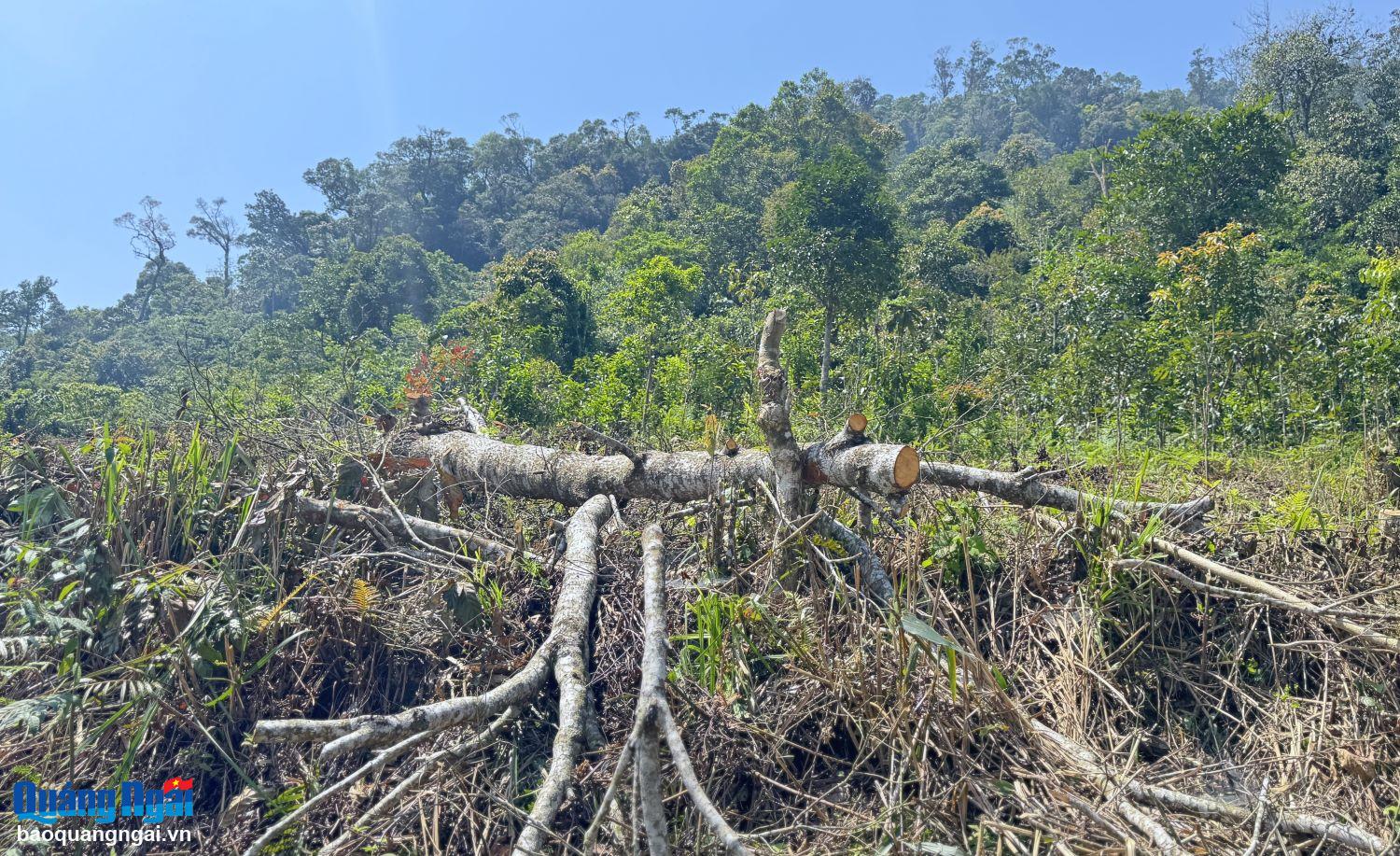 |
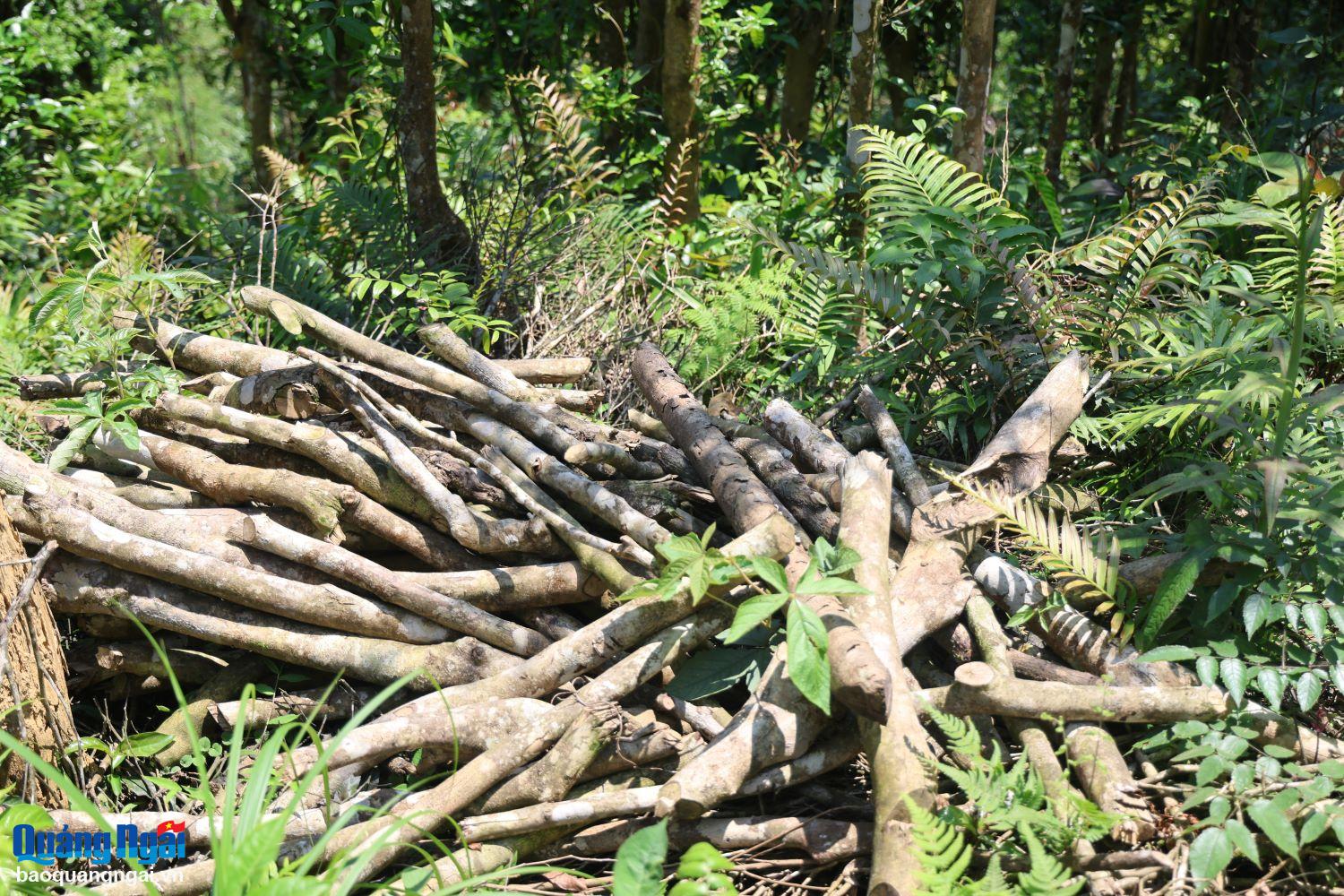 |
| Some people destroy tea trees to grow other crops. |
Chairman of Tra Bui Commune People's Committee Ha Viet Bong said that the tea area in Que village is currently about 11 hectares. Recently, finding an outlet for tea trees has also been a concern for the local government. The quality of Ca Dam tea is superior to other types of tea. If exploited sustainably, tea trees will be the "key" to help reduce poverty for the people. In the immediate future, to preserve and maintain the existing tea area, the locality is actively promoting and encouraging people not to cut down tea trees to plant other trees.
Leaving Que village in the late afternoon, on the way back, the misty mist drifted around, gently floating like a miniature Da Lat in the middle of the mountains and forests. Que village would be more beautiful and developed if it knew how to exploit the tourism potential and value of tea trees. But in the current situation, those tea trees still seem unable to help the people here escape poverty, although they still steadfastly grow at the foot of Ca Dam mountain, carrying within them the hope of a better life for the Cor people here.
Article and photos: LINH DAN
Source: https://baoquangngai.vn/kinh-te/nong-nghiep/202504/tran-tro-cay-che-ca-dam-7314b78/


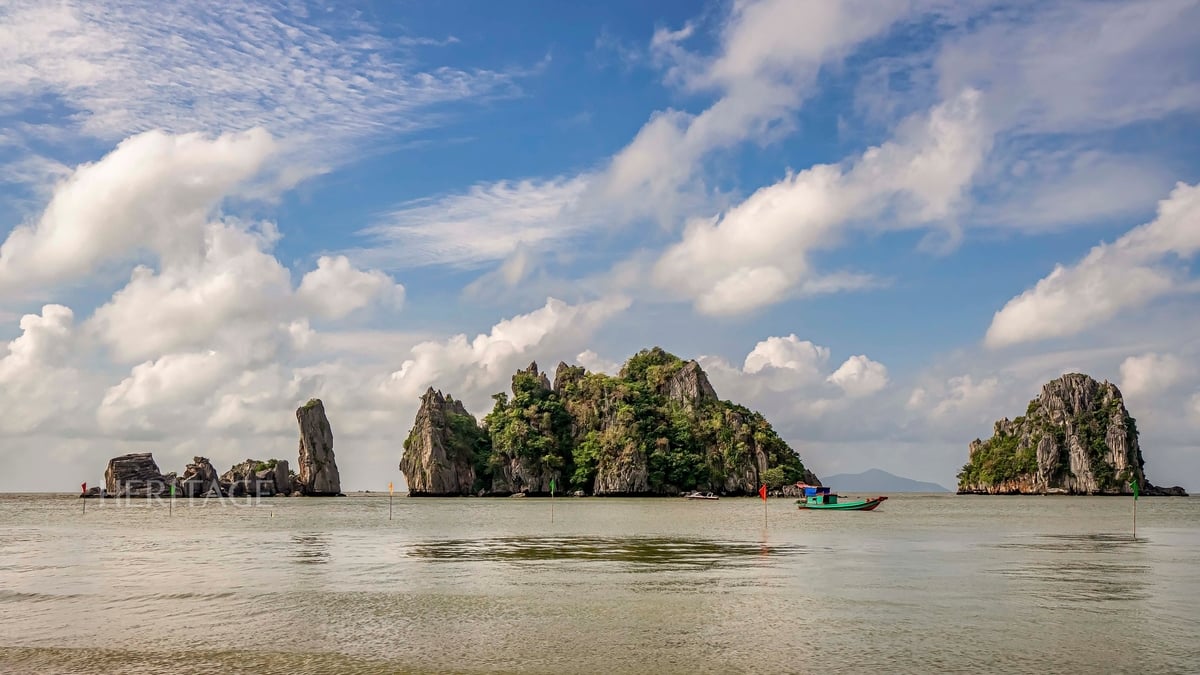







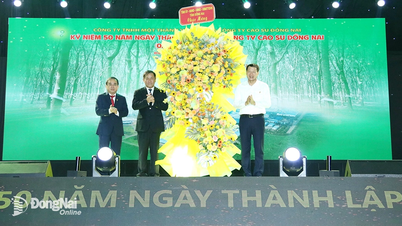












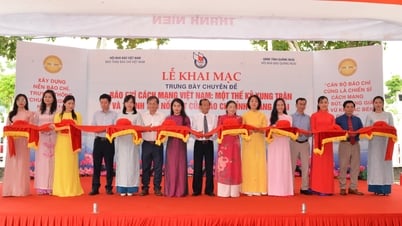
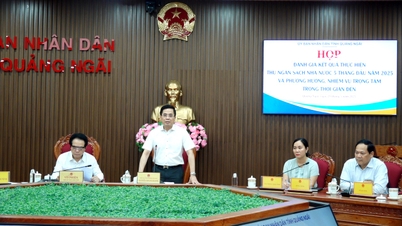

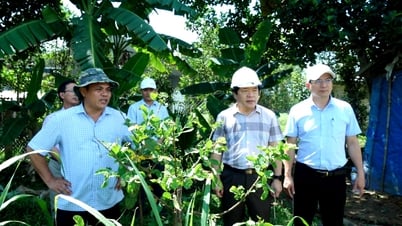

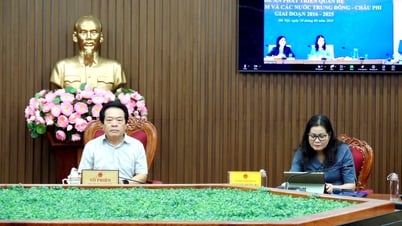









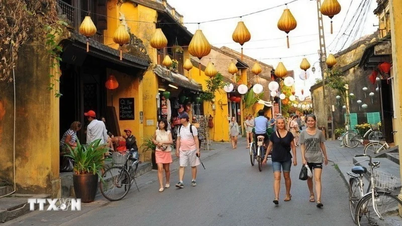

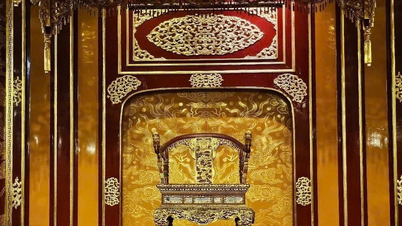

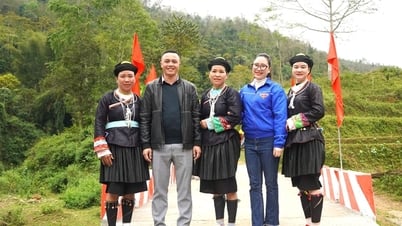

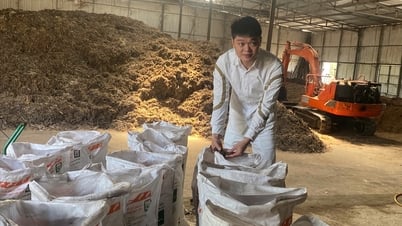















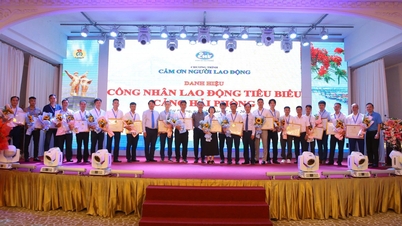








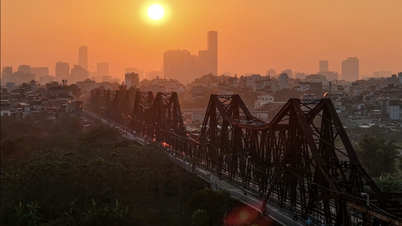







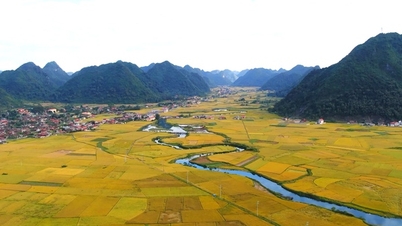

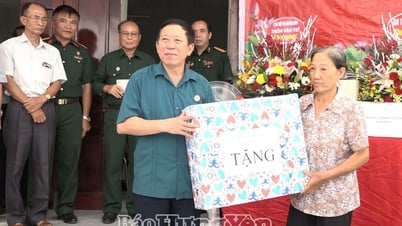


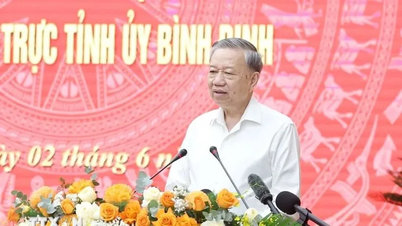












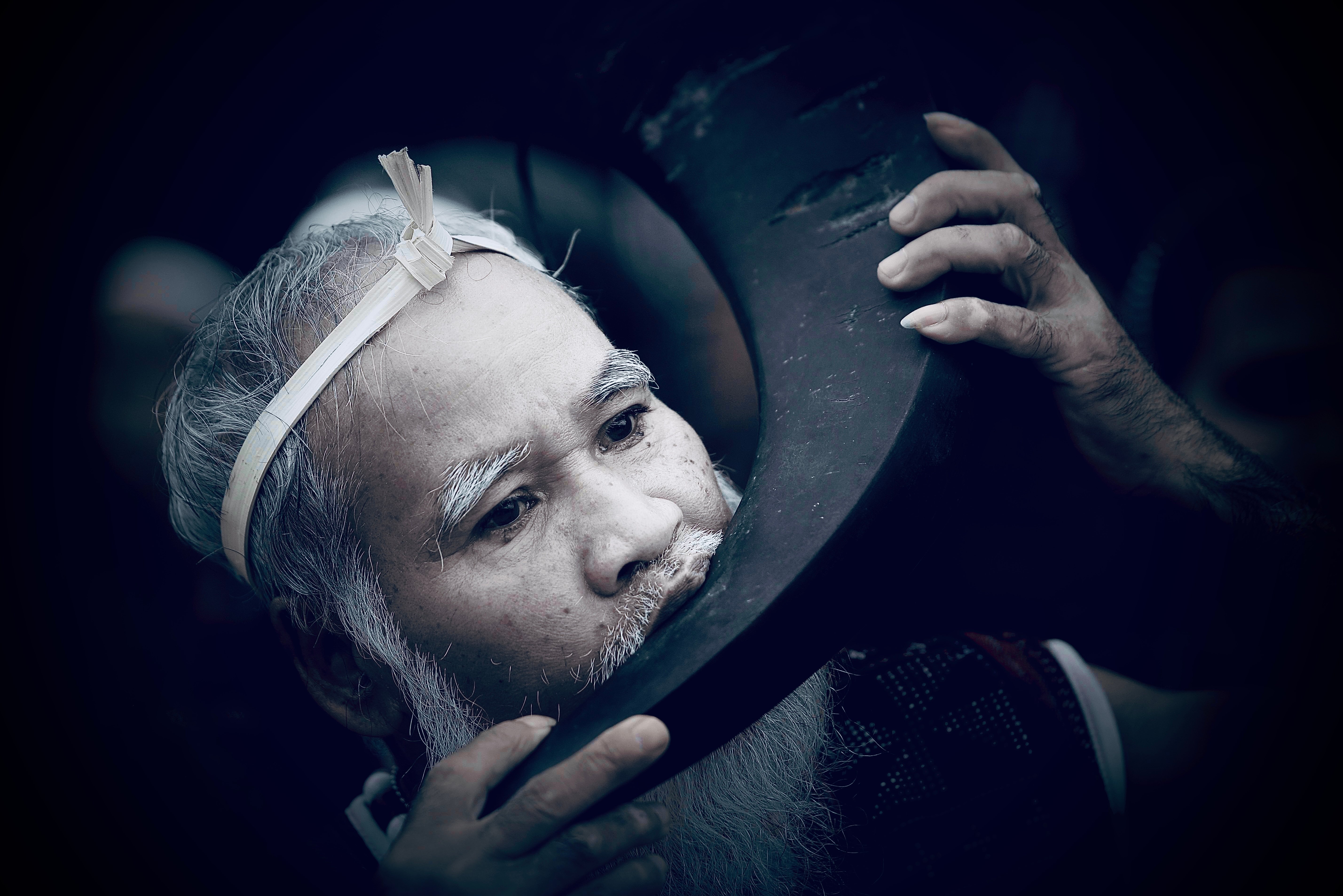
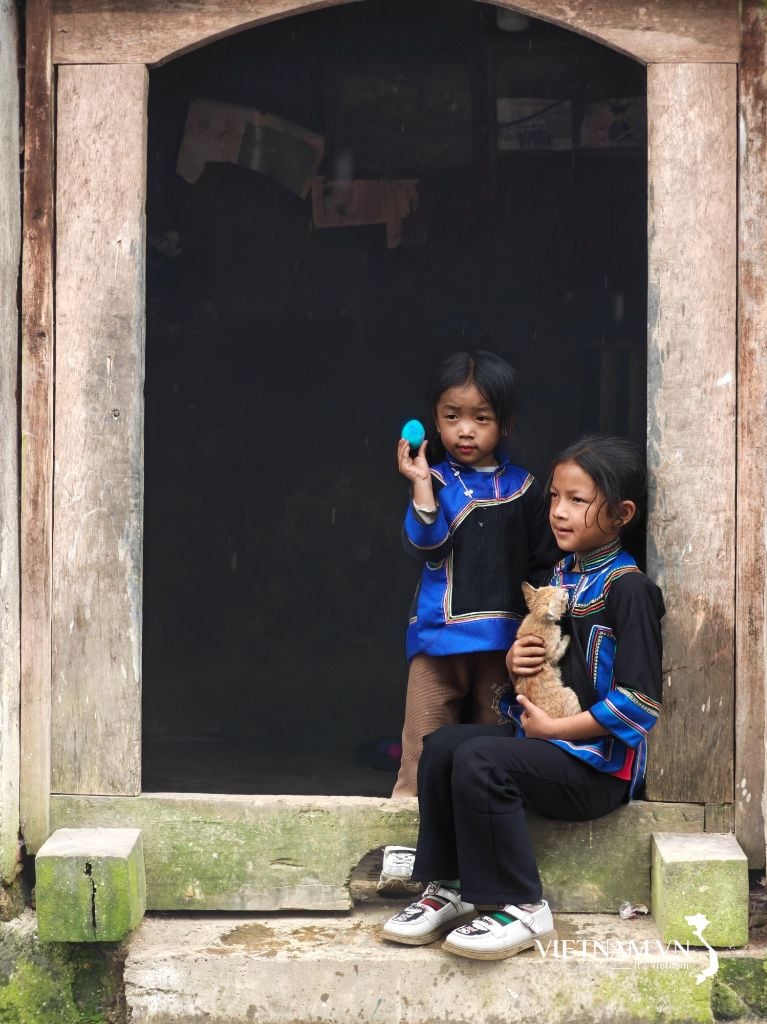


Comment (0)